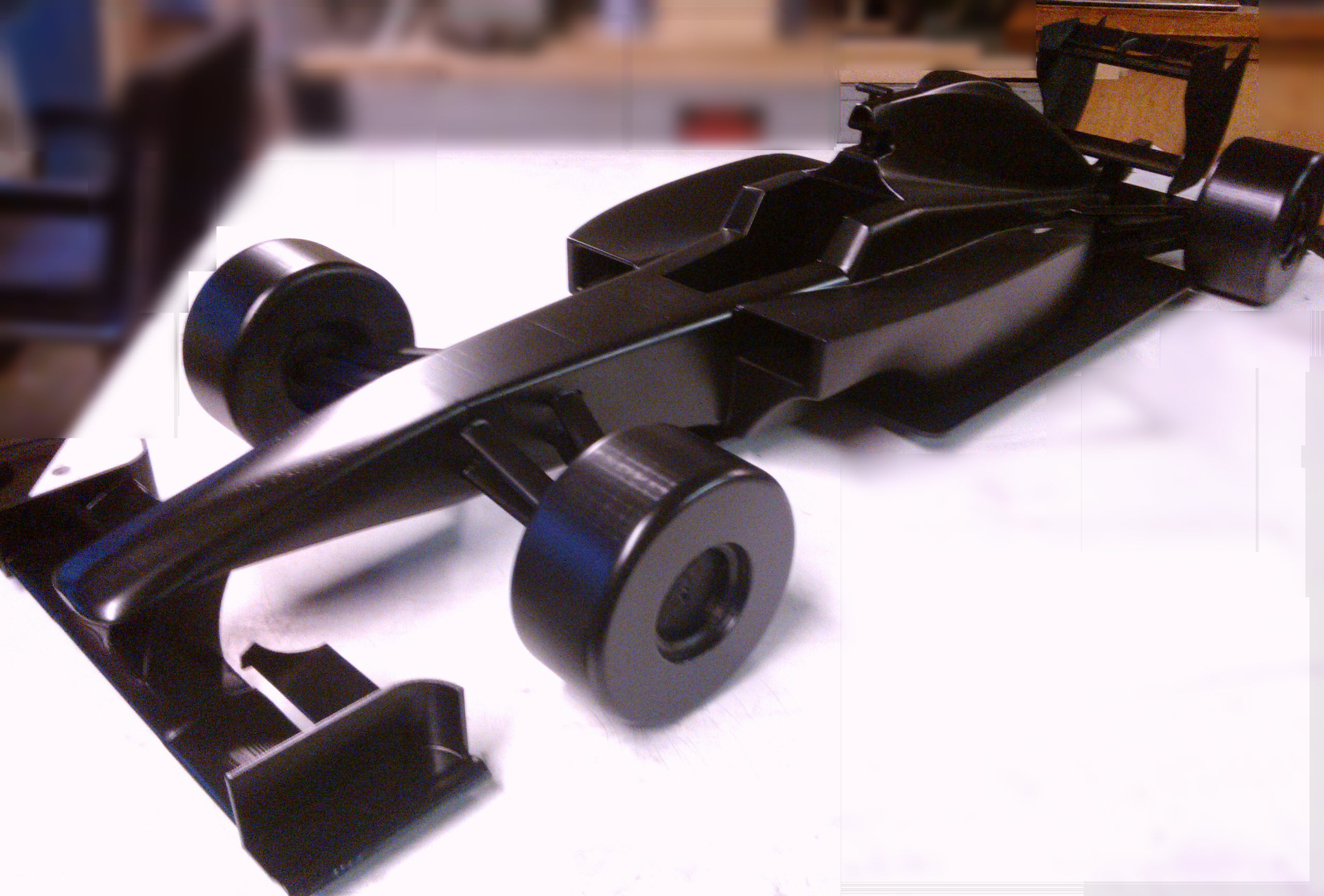Introduction
There are many articles about new e-learning tools but something makes 3D printing a bit special compared to the basic lecture capture. Although e-learning has made vast improvements at QMUL with the online learning environment, mobile learning and lecture capture, 3D printing has the potential as an e-learning tool to bring together the virtual design into a physical design which you can touch and feel as a student. One of the issues with e-learning is that it is just the student and their PC. 3D printing can be an empowering learning tool for students as it brings e-learning content to life, changing the relationship between the virtual and the physical. This allows students to take their ideas and designs from the screen to reality and back again to improve on. 3D printing can be classified as a transformative technology as the tool has the potential to not only change the scope and nature of the students work but the relationship of the learner to their learning.
We had a chat with a member of SEMS, Dennis Ife to discuss the use of the 3D printer and his experiences working with the machine itself and a chat with some 3rd year students to see what they think.
Background
3D printing allows you to produce complex shapes with very little input from the individual.
“You can draw a 3D model and load it onto the machine and most of the time it works. It can produce the most simple to complex models designed by a student.”
Before 3D printing students were unable to produce very complex models in such a short period of time, but 3D printing overcame this problem in particular for aerospace engineering students. 3D printing has been used in QMUL for the past 4-5 years and it is beneficial to students as they are able to see their designs in real life. It gives the students a chance to improve their models to make them as accurate as possible.
Methodology
Previously students would make their models by hand which took a lot of time. As 3D printing became quite popular the engineering department decided to buy a 3D printer as it showed a lot of potential for students. Currently many students use it to produce models and designs for their degree including final 3rd year students as part of their project’s e.g. DEN3108 as well as masters and PhD students. The 3D printer is run by the technicians at SEMS who load the design onto the machine. Students draw their designs using CAD packages and send them off to be printed. They generally found that they easily learnt how to use the drawing software, which allows them to build their designs comfortably depending on the level of complexity within a couple of hours.
“The 3D printer is quite expensive to maintain and run so therefore students are ‘charged by the hour’, which gives them an indication of how expensive it would be to build the model at different finishes.”
Outcomes/Results
The finished products for the printer are very good, students as well as the technicians find that it is a really helpful tool. When producing complicated or very small repeated parts of a model (e.g. airflow vortex strip which contains small repeating parts) it was very difficult for students and staff to physically make them uniform and accurate, and the printer has overcome this problem.
The printer produces plastic models and therefore making a model which should be made of aluminium does not produce the best results, as the model is permeable which means extra steps need to be taken.
Tips
- The same model with a fine finish can take approximately 5 times longer to make than a lower finish – that’s 5 times the cost!
- When purchasing a 3D printer, buy the best one you can afford and use it for the right reason.
- Models are not solid and they are made of different layers of weave and therefore are permeable hence they are porous. In cases where the project involves the model holding water this wouldn’t work – this can be overcome by cementing the model which adds an extra step.
Related Articles:
Redesigning the future of prosthetics with 3D printers – by Falaque Ahmed





